But to realize the goal, the human resource foundation - which is lacking - must be established systematically, long-term and strategically.
Need 3,900 staff
The Prime Minister has just issued Decision 1020/QD-TTg, approving the Project “Training and fostering human resources for nuclear power development until 2035”. This is a strategic step to ensure national energy security and promote sustainable socio -economic development in the coming period.
According to the project, training and developing human resources to serve the nuclear power program is identified as the top priority task. Not only ensuring the efficient and safe operation of nuclear power plants, human resources also play a pivotal role in ensuring security and applying nuclear science and technology into practice.
The project emphasizes the effective exploitation of trained personnel; at the same time, increasing investment in educational institutions, research institutes and organizations implementing nuclear science and technology. The goal is to form a high-quality workforce that meets the strict technical requirements of the nuclear energy industry.
A highlight of the project is the policy of diversifying training forms, combining domestic and foreign training. This is to ensure human resources meet the construction and operation progress of two key nuclear power plants: Ninh Thuan 1 and Ninh Thuan 2. By 2030, the project plans to train a total of 3,900 people with university and college degrees, of which 670 will be sent abroad for training. From 2031 to 2035, training and development will continue to be expanded to meet practical needs at all nuclear power plants nationwide.
To realize the goals, the Prime Minister's decision requires relevant ministries and branches to develop and submit for promulgation special incentive mechanisms and policies. This policy applies to teachers, students, workers and training institutions participating in the nuclear power development program.
Accordingly, 11 training institutions, including universities, academies and colleges, are assigned the key task of training human resources for the nuclear power industry. These schools will be given priority in investment in facilities, training programs and lecturers. The list of training units can be flexibly adjusted depending on actual implementation conditions.
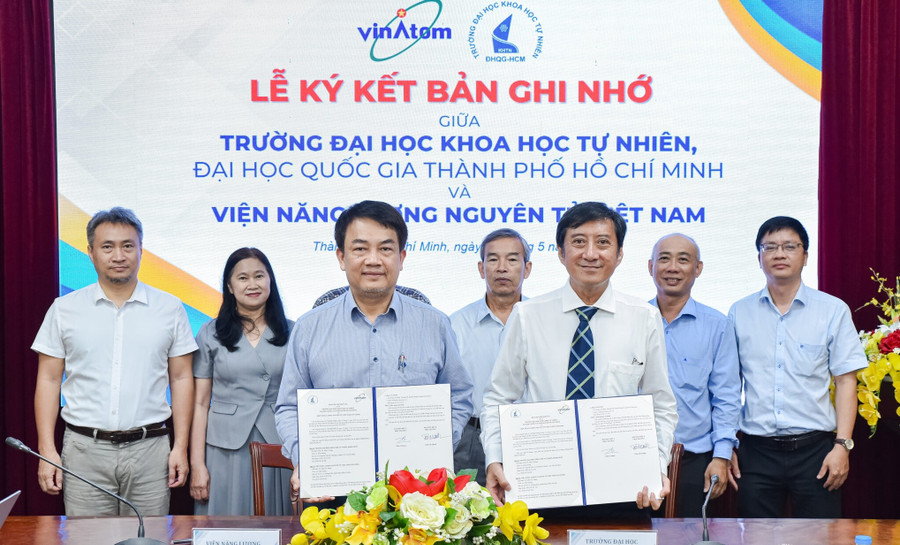
What do schools have?
The University of Science, Vietnam National University, Ho Chi Minh City is one of 11 key units assigned to train human resources for the nuclear power industry until 2035. Here, the Nuclear Engineering major is managed by the Faculty of Physics - Technical Physics. This major was established in 2011 and enrolled its first class in 2012.
During the working session between Ho Chi Minh City National University and the delegation of the Central Propaganda and Mass Mobilization Committee (May 16), Associate Professor, Dr. Tran Thien Thanh - Deputy Head of the Faculty of Physics - Technical Physics said that the school currently has two specialized units for training and researching nuclear technology with 27 permanent staff, ensuring teaching, research and community service.
In fact, the enrollment work shows that in the period from 2020 to 2024, the average number of students majoring in Nuclear Physics (Physics) is about 15 students/year, the average number of students majoring in Nuclear Engineering is 40 students/year and the average number of students majoring in Medical Physics is 60 students/year. The average number of graduate students is 20 students/year and the average number of doctoral students is 5 people/year. This shows that nuclear is a "special industry" that needs innovation in enrollment methods to attract students.
Associate Professor Dr. Tran Thien Thanh proposed to develop a clear incentive policy for both students and lecturers, in order to encourage the commitment and sustainable development of the team. At the same time, he emphasized that key investments in facilities must be implemented seriously and synchronously to ensure training quality.
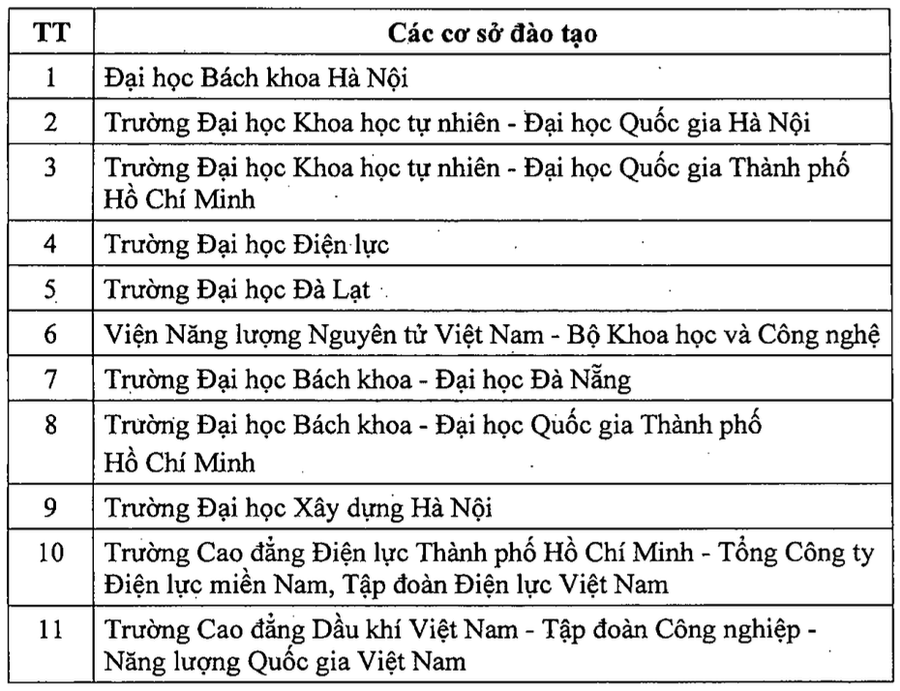
Recently, the school signed an agreement with the Vietnam Atomic Energy Institute (VINATOM) on cooperation in training, research and application of nuclear technology, aiming to develop high-quality human resources and ensure national energy security.
The MoU identifies four main areas of cooperation, including training, research and application, facilities and strategic infrastructure. In terms of training, the two sides agreed to develop programs on nuclear power technology, postgraduate training and human resource development for nuclear energy projects in Vietnam.
Assoc. Prof. Dr. Tran Le Quan - Principal of the school said that with the mission of training high-quality human resources, the school always prioritizes the development of key fields, in which nuclear engineering plays a strategic role, contributing to industrialization and national energy security.
To realize this goal, the school is actively cooperating with the Ministry of Science and Technology to build modern laboratories. At the same time, the school is committed to investing optimal resources, mobilizing a team of lecturers and scientists and expanding international cooperation to develop advanced training programs, meeting practical needs and global technology trends.
Dalat University is also one of the nuclear training institutions in Vietnam, contributing significantly to the development of high-quality human resources for the atomic energy industry. The Faculty of Physics - Nuclear Engineering of the university is responsible for training in Nuclear Engineering and the Nuclear Physics major in the Physics department.
More than 97% of the faculty members have postgraduate qualifications, many of whom have received advanced training in countries with advanced nuclear science and technology such as Korea, Japan and Russia. This ensures that students have access to the most up-to-date knowledge and technology from the world's nuclear powers.
The training program is comprehensively designed, covering both theoretical and practical knowledge, inheriting the superiority of many advanced training programs in the world. Students are equipped with in-depth knowledge through subjects such as: Nuclear physics and applications; Nuclear reactors and applications; Applications of nuclear energy in medicine, industry and agriculture; Radioactive waste management and environmental safety. The teaching curriculum is referenced from international documents, continuously updated with the latest advances in the field of atomic energy.
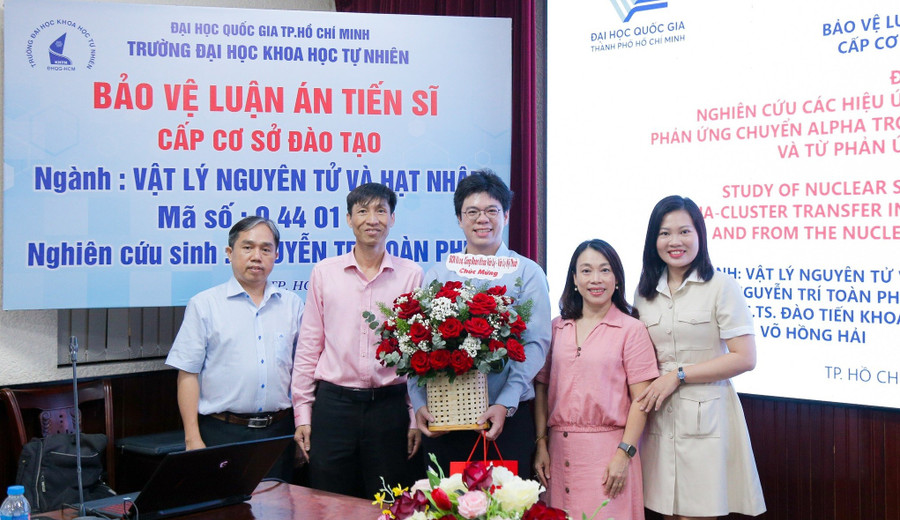
Autonomous human resource training
In the context that domestic training institutions are actively preparing resources to serve the nuclear power development strategy, the requirement is not only to expand the scale of training but also to ensure in-depth quality, close to the practical operation of the plant. According to experts, to meet the strict safety and technical standards of this industry, training needs to be closely linked to the specific technology and operating equipment system.
Associate Professor Dr. Nguyen Ngoc Lam - Member of the Executive Committee of the Ho Chi Minh City Automation Association said that a nuclear power plant has two main components: the nuclear reactor that creates energy to generate electricity and the power plant system that converts energy emitted from the reactor into electricity. These two parts are integrated together in the control system.
Thus, nuclear power will integrate two types of technology (nuclear technology and power generation technology). Therefore, human resource training for nuclear power in our country can be roughly divided into training in nuclear reactor operation and training in power system operation.
As an expert with nearly 50 years of experience in the field of nuclear engineering, Associate Professor Dr. Nguyen Ngoc Lam said that training human resources to operate nuclear reactors in Vietnam has been facing many difficulties. He stated the reason, controlling nuclear reactors using closed-loop control models to maintain neutron flux according to the set capacity, using electronic, mechanical, and automation modules and components like many other industries.
However, the difference between the reactor control system and the physical-technical system is that it uses sensors to record nuclear radiation with a wide and random energy range. Therefore, according to Associate Professor Lam, operators need to grasp some issues related to nuclear quantities such as neutron density in the reactor and the appropriate automatic power increase/decrease cycle to avoid neutron density shock, which can cause an accident. In addition, a nuclear reactor accident can cause a major disaster, such as the Chernobyl accident in Ukraine in 1986.
Due to the strict requirements for operating nuclear reactors, operating personnel are required to have skills to ensure safe operation of the reactor, be highly responsible, have high discipline, comply with technological processes, etc. Training of operating personnel must be associated with specific reactor systems and assigned to specialized nuclear units.
Citing the history of nuclear training in Vietnam, Mr. Lam affirmed that the issue of training nuclear human resources was raised very early. However, there were periods of economic difficulties in the country, many problems had to be solved and nuclear power had not yet been decided to be born, which somewhat limited activities in the nuclear field. However, in the period of national transformation, nuclear energy is becoming a development need. The goal is that in about 5-6 years, Vietnam will have nuclear power, ensuring the development of the country.
To train suitable human resources to operate nuclear reactors, Mr. Lam said that, in addition to purchasing nuclear power plants from abroad, the government needs to continue to select personnel for management and operation training according to the bidding package attached to the power plant. This is a suitable way to match the progress of the plant construction and train personnel directly with the system that will produce electricity in Vietnam.
Regarding human resource development policy, Associate Professor Dr. Nguyen Ngoc Lam stated that it is necessary to have a direction for domestic human resource training to create a solid foundation for the operation of these power plants. Currently, some traditional domestic training institutions in Hanoi, Ho Chi Minh City, Da Lat (Lam Dong)... are focusing mainly on basic training in nuclear physics and nuclear engineering applications.
Training in nuclear reactor operations requires corresponding practical equipment. “Many training institutions can participate in training human resources for nuclear power, but it is necessary to clarify which areas of the system the unit will train in and there needs to be a corresponding practical system attached,” said Mr. Lam.
Source: https://giaoducthoidai.vn/phat-trien-dien-hat-nhan-dat-nen-mong-tu-dao-tao-nhan-luc-post738685.html



![[Photo] Hanoi: Authorities work hard to overcome the effects of heavy rain](https://vphoto.vietnam.vn/thumb/1200x675/vietnam/resource/IMAGE/2025/8/26/380f98ee36a34e62a9b7894b020112a8)
![[Photo] Multi-colored cultural space at the Exhibition "80 years of the journey of Independence - Freedom - Happiness"](https://vphoto.vietnam.vn/thumb/1200x675/vietnam/resource/IMAGE/2025/8/26/fe69de34803e4ac1bf88ce49813d95d8)
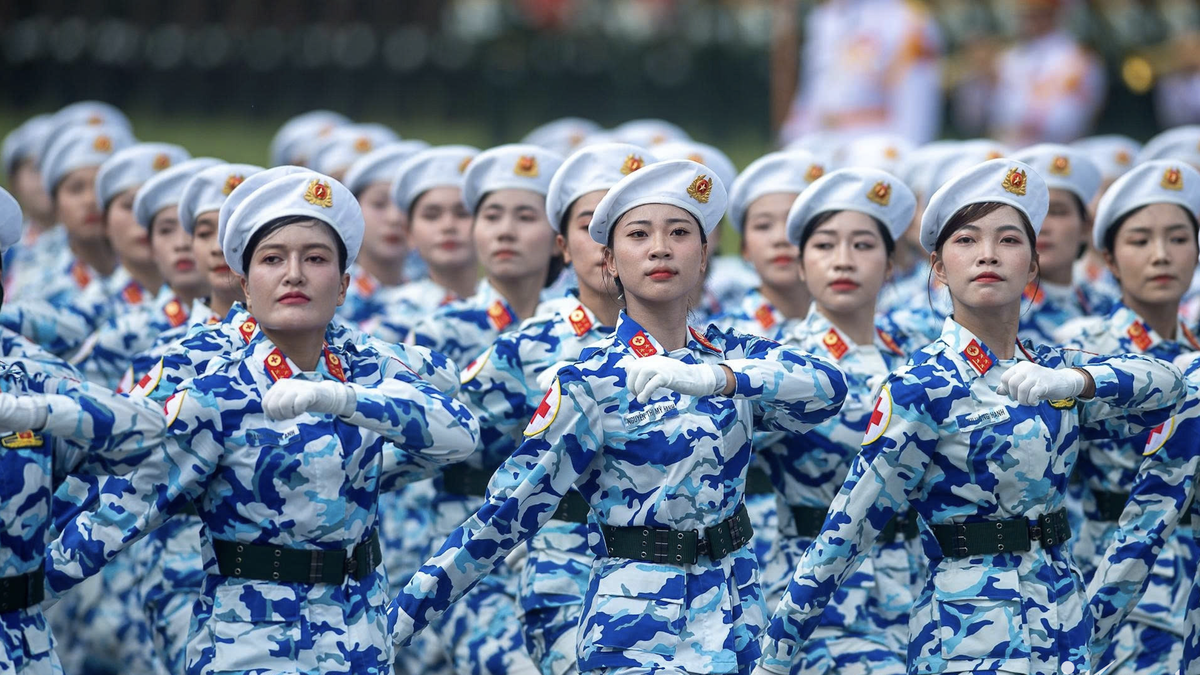
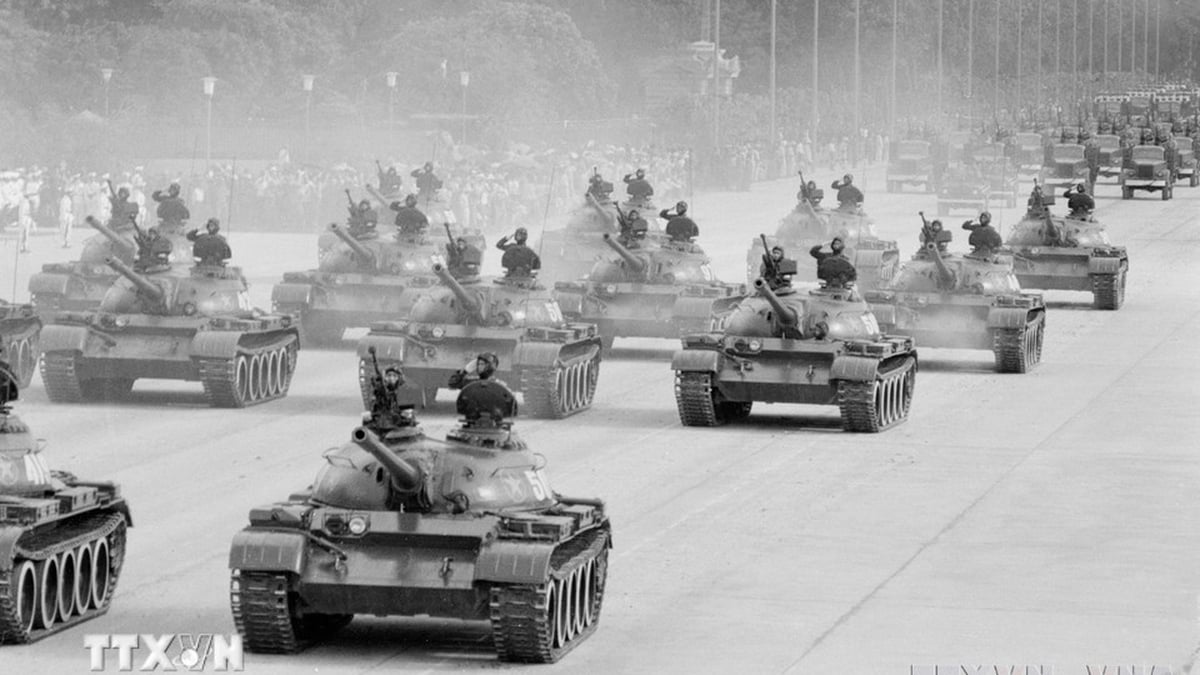


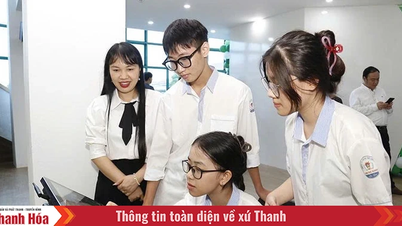

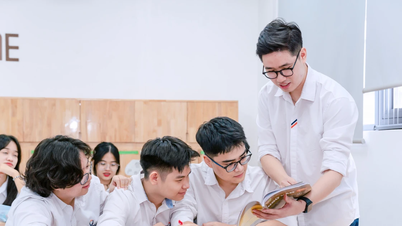



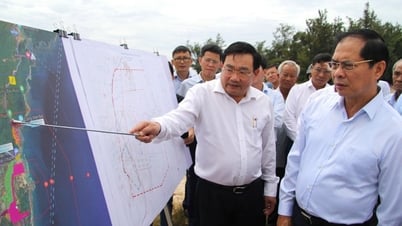

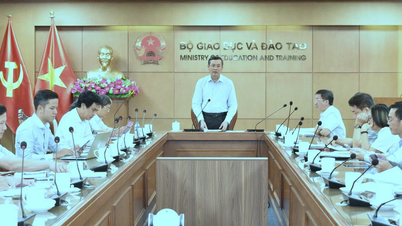


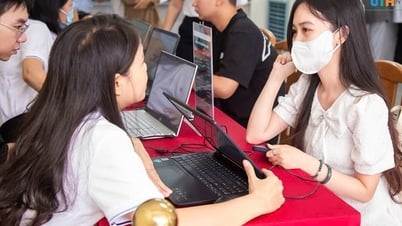

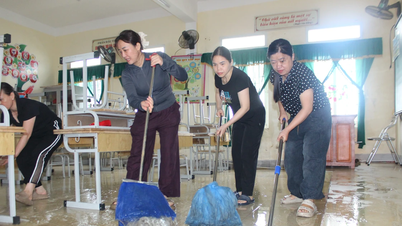
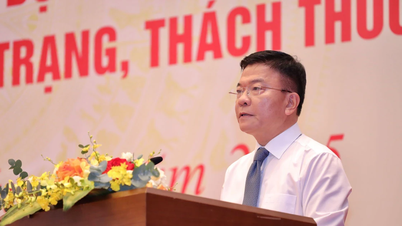

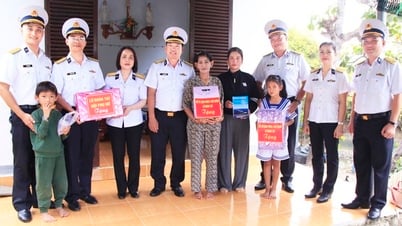





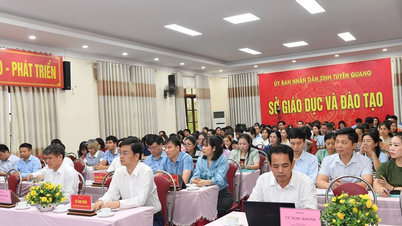

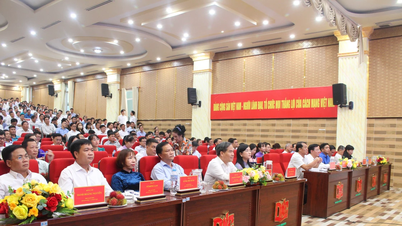
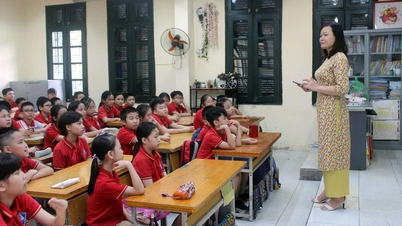

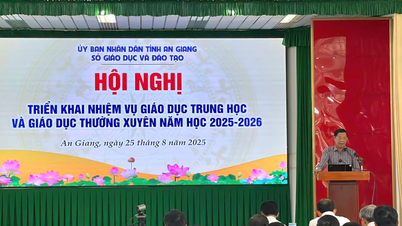
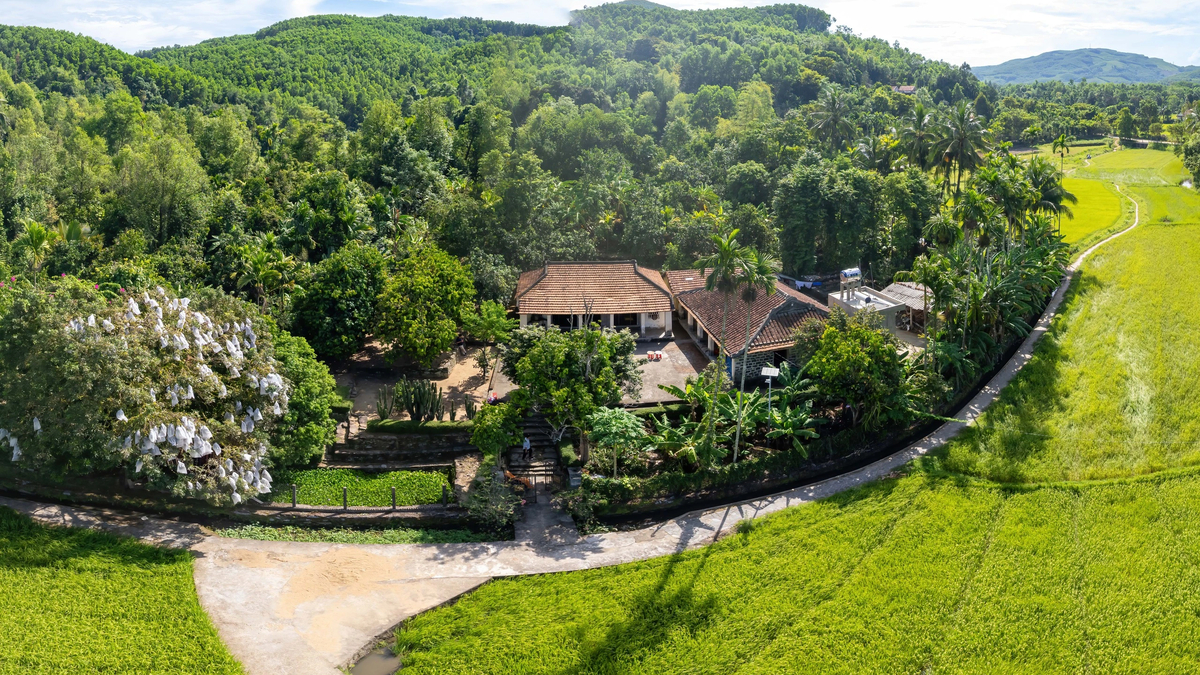

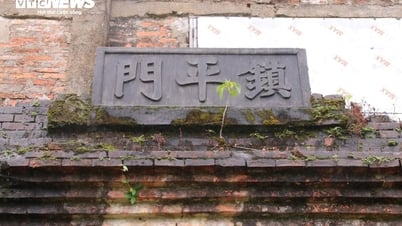
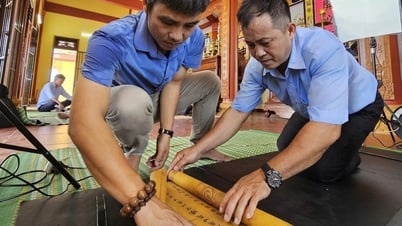

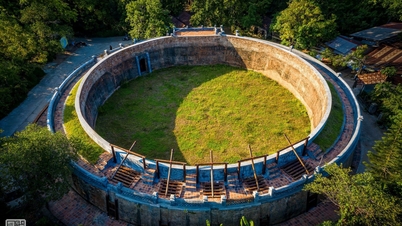





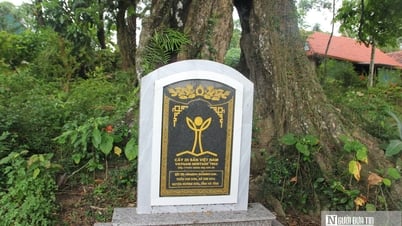



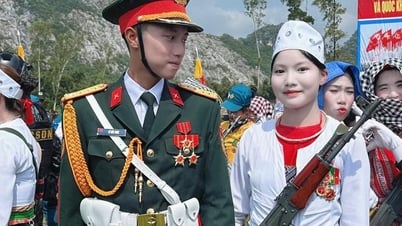

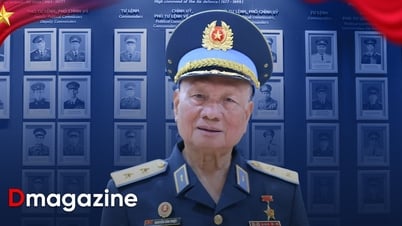



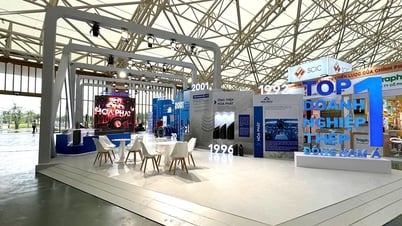

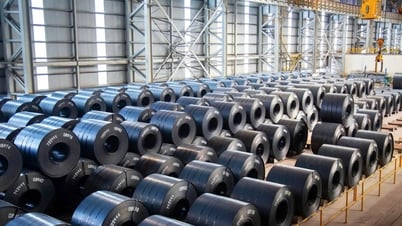


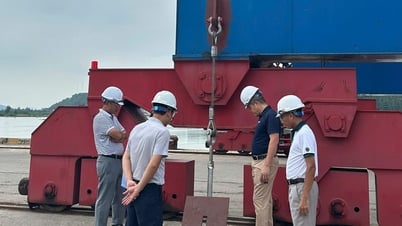



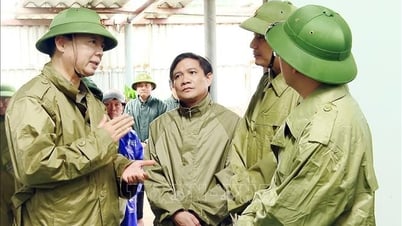

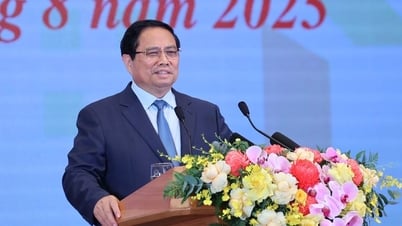
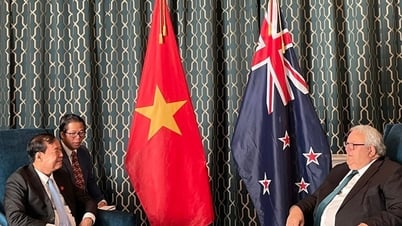


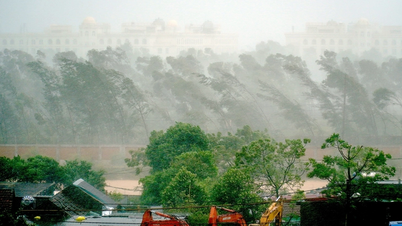



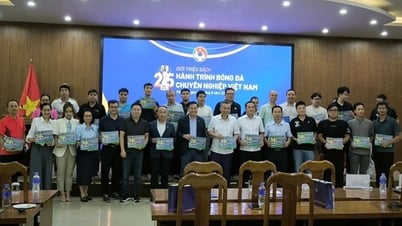
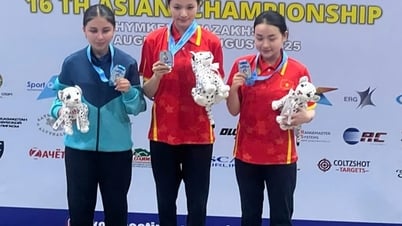


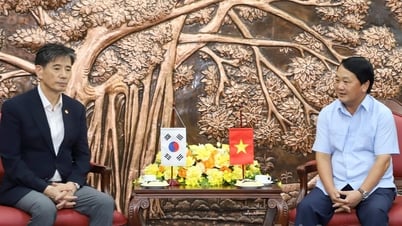

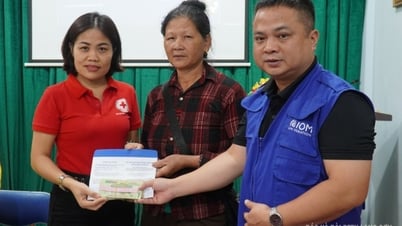





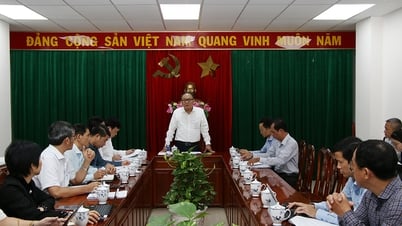

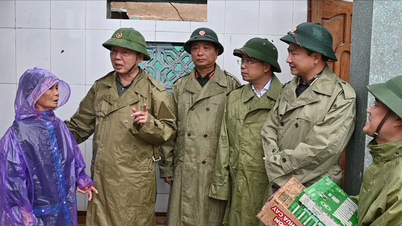




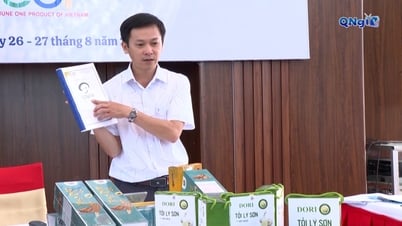





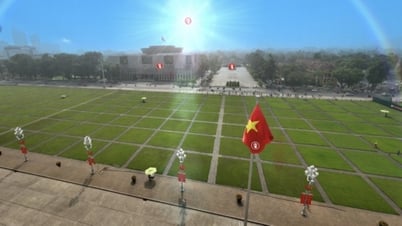





Comment (0)